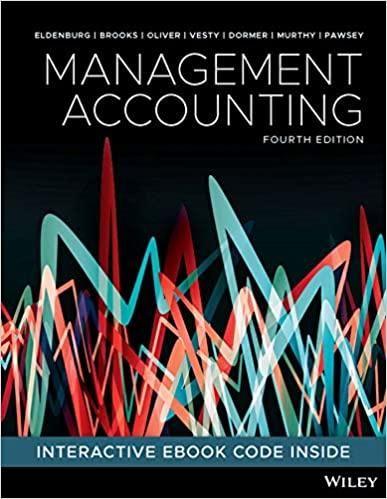Traditionally, government organisations have tended to operate in silos, focusing on their own objectives and managing and
Question:
Traditionally, government organisations have tended to operate in silos, focusing on their own objectives and managing and protecting their own budgets. Recently, however, faced with seemingly intractable economic, social and environmental problems, many government organisations have sought to develop new ways of working. In particular, they have sought to explore how their objectives overlap and depend on other organisations and how they might share information and resources. One example is provided by attempts to reduce crime and enhance public safety in the criminal justice sector.
In New Zealand the Ministry of Justice is the lead agency in the justice sector. The sector includes the New Zealand Police, the Serious Fraud Office, Child Youth and Family, the Department of Corrections and the Crown Law Office.
The organisations in the criminal justice system can be thought of as being involved in a ‘pipeline’ that begins with crime prevention and the investigation of crime and proceeds all the way through to rehabilitation (see the figure below). Looking at the sector as a pipeline, we can see that policies and actions in any part of the system will affect other parts of the system. By working as a coordinated ‘justice sector’, changes can be made that result in the best outcomes for the sector as a whole.

Within this pipeline, the operations within one agency, Public Prisons, can be further analysed to show the links between its key activities and between the department and other organisations in the sector.
Key activities follow this path:
• offenders are convicted in the courts
• offenders are sentenced and sent to prison
• prisoners undergo an initial assessment
• the serving of the sentence is planned
• prisoner’s sentence is managed, including provision of relevant rehabilitation programs
• prisoner’s release is planned and managed.8
Required
(a) With reference to the information provided, distinguish between the structural and executional cost drivers in this value chain.
(b) Is there an ability for governments to outsource any of these value chain activities?
Step by Step Answer:

Management Accounting
ISBN: 9780730369387
4th Edition
Authors: Leslie G. Eldenburg, Albie Brooks, Judy Oliver, Gillian Vesty, Rodney Dormer, Vijaya Murthy, Nick Pawsey





